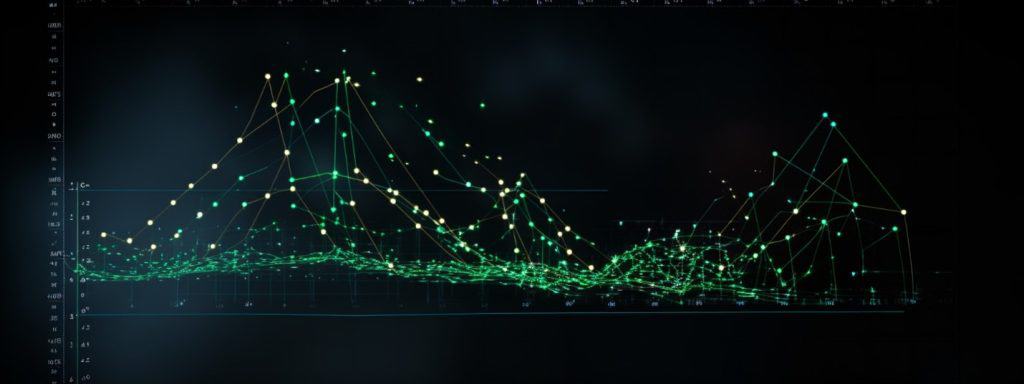Scatter charts, also known as scatter plots, are graphical representations showing the relationship between two sets of data. Often used in scientific and business research, they are a powerful tool for visualizing complex data in a way that is easy to understand. But what is a scatter chart? And how are they used in business practice? In this article, we’ll explore scatter charts in greater depth. Learn more about their significance in business and their potential applications, and read about scatter chart examples below.
Understanding Scatter Chart and Its Significance in Business
At their core, scatter charts are simple visualizations that allow you to understand the relationship between two variables. They present a wealth of data on a single, two-dimensional graph, offering valuable insights that may easily be missed in a table or list. For example, they can quickly and clearly illustrate whether increases in one variable are linked to increases or decreases in another, hence their common use in correlation analysis.
In business, scatter charts can aid decision-making by providing a clear, visual representation of complex relationships between variables. This may include showing the relationship between company expenditure and profit, customer age and spending, or website traffic and sales conversions.
Visualization tools such as scatter charts can help businesses identify trends, perform more detailed analytics, and draw meaningful conclusions. They can assist organizations in directing their resources more effectively, identifying potential opportunities for growth, and making data-driven decisions.
Utilizing Scatter Charts for Correlations and Trend Analyses

Scatter charts are invaluable tools for trend analysis, providing a clear and concise visual of trends found within data sets. This application of scatter charts is commonly found in business settings where the continuous monitoring of specific variables is crucial.
For example, in the field of sales, scatter charts can plot the monthly sales data against advertising spending, providing insights into the relationship between the two. A visible upward pattern would indicate that greater advertising spending tends to generate higher sales.
Scatter charts use to analyze the correlation between the years of experience and salary rates in a certain profession. This could give an indication of how much salary increase an individual can expect with increasing experience.
It is through scatter charts, trends can identify, allow organizations to predict future behavior. Understand the implications of current decisions, and develop proactive strategies to capitalize on these insights.
Scatter Charts Used for Business Decision-Making

Scatter charts offer multiple advantages in business decision-making. By representing information graphically, they make large sets of data more digestible, allowing easy identification of patterns and trends.
Scatter charts can also illustrate how strong or weak the correlational relationship is between two variables. For example, a tightly clustered scatter may imply a strong relationship, while a more dispersed scatter may imply a weaker relationship.
Scatter charts offer the potential to identify outliers or anomalies in the data–data points. It sit well outside the overall pattern of the scatter. Identifying these outliers can prompt further investigation and potentially highlight errors, irregularities, or critical business opportunities that might otherwise have been overlooked.
Altogether, whether you’re in sales, marketing, finance, or any other field where data analysis is key, scatter charts are an invaluable tool. They offer a powerful, versatile, and practical means of analyzing, visualizing, and conveying complex data. By making scatter charts a part of your analytic toolbox, you can make more insightful, data-driven decisions, and ultimately, drive your business forward.
